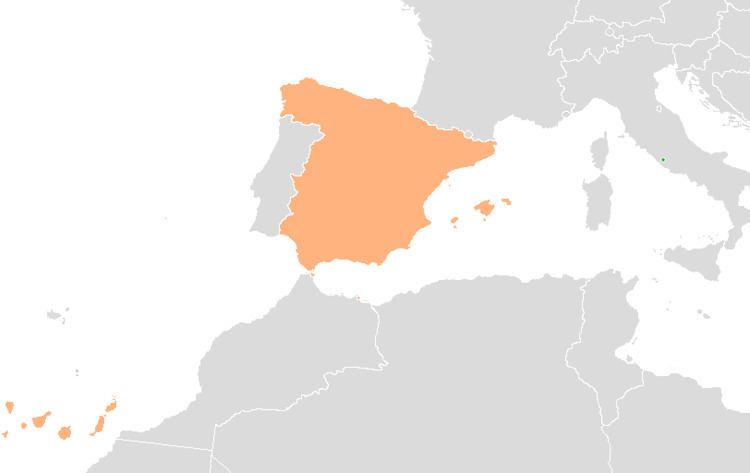 | ||
Holy See–Spain relations are foreign relations between the Holy See and Spain. Both countries established diplomatic relations in 1530. The Holy See has a nunciature in Madrid. Spain has an embassy in Rome.
History
The Spanish Inquisition was an ecclesiastical tribunal started in 1478 by Catholic Monarchs Ferdinand II of Aragon and Isabella I of Castile. It was intended to maintain Catholic orthodoxy in their kingdoms, and to replace the medieval inquisition which was under Vatican control. Spain's diplomatic mission in Rome grew out of the Inquisition and exploration in the New World. Its first ambassador, Gonzalo de Beteta, was appointed in 1480. For most of the reign of Pope Alexander VI (1492-1503), the Church had its own diplomatic representation in Spain. The Holy See's embassy was renewed in 1506, by Pope Julius II.
Relations with the recent Zapatero government were strained because of legislation allowing for same-sex marriage and liberalisation of abortion, the end of religious education in public schools, and general political support for secularism. The government valued the heritage of the Spanish Republicans of the 19th and 20th centuries, many of which were strongly anticlerical, especially during the Spanish Civil War. It also questioned the role of the Spanish monarchy in national politics.
This contrasts with previous Spanish administrations, many of which had been keen on promoting Spain's historic Catholic identity, such as under Francisco Franco, for example. Relations were also good under Jose Maria Aznar.
